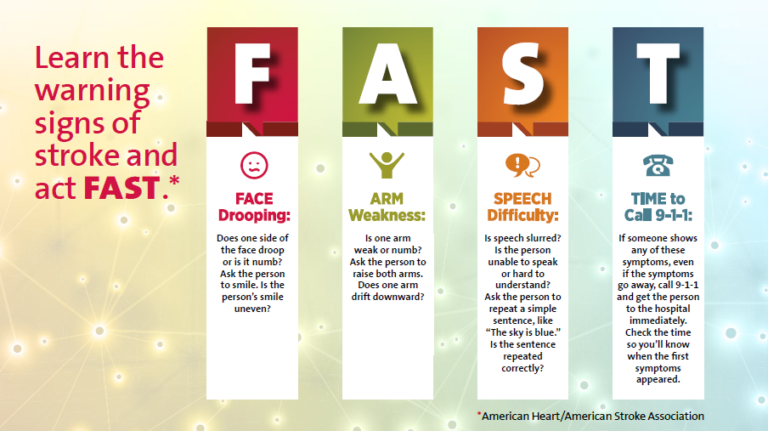
Stroke is not often a condition that we associate with younger patients. It tends to be a “disease of the elderly.” While stroke remains one of the most common causes of death in the United States, and the most common disabling neurological disease, we still tend to unconsciously associate this disease to older generations. However, among 35- to 64-year-olds, cerebrovascular disease is on the rise, climbing 19% in the last decade. Perhaps even more shocking is that, during the last decade, while mortality and morbidity has been decreasing in stroke populations in general, it is conversely rising in the 35- to 64-year-old age group.
Some studies suggest that the rise in cerebrovascular disease in the young can be due in part to increasing rates of obesity, which the CDC shows has doubled since the 1980s. With rising obesity and increasingly sedentary lifestyles, comorbid diseases such as diabetes, hypertension, and hyperlipidemia have been on the rise in young adults. Our lives today are being driven by services of convenience necessitated by our fast paced lives, such as grocery and food delivery, online retailers, and other internet-based services. We are also entering into the age of telemedicine, which provides crucial access to care for patients in geographical regions with little access to specialty care. But what we also see is that some people now don’t even have to leave their homes to see a health care provider for routine care. Not surprisingly, substance abuse and tobacco continue to contribute to stroke risk in young adults. While it appears that regular cigarette use has decreased, e-cigarettes have become a popular alternative. Recent studies have shown that e-cigarettes are still linked to increased risk of stroke, as well as myocardial infarction, proving that they are not necessarily a safer alternative.

Bethann Mercanti, PA-C, MMSc
We also now recognize more strokes in young individuals due to arterial dissections in the settings of trauma, extreme sports, or cervical manipulation as a means of alternative medicine. This recognition and diagnosis is due in part to better imaging capabilities and systems of stroke care to identify these lesions and intervene in a timely manner. While younger adults with large cerebrovascular disease burden have a significantly higher mortality rate from the initial event, lifelong disability for those that survive is the reality. For all stroke patients, not only does this realty alter the course of their lives physically and financially, it also costs the health care community more than 17 billion dollars each year.
So, what can be done about this? Younger individuals need to be aware of their individual risk. We have become a culture of convenience and instant gratification, and one could argue that disease prevention is counterintuitive with this mindset. It is the delayed gratification of lifelong health that we should strive for. Getting involved and advocating for their own health care is key. Diligence in following up with their primary care provider will help them to prevent getting swept up in the rising rates of comorbid disease states at a young age. As health care providers, we need to become savvy in conveying this information to prevent, screen, and recognize cerebrovascular diseases in young adults.
Stroke is a disease that affects nearly 1 million Americans every year, with a patient dying from stroke about every 3.5 minutes, and disabling many of those who survive the initial event. It is not a disease of the old or the young. Simply said, it is a disease that we need to start paying better attention to.
Bethann Mercanti, PA-C, MMSc, is the Director of Clinical Practice and Comprehensive Stroke Program Coordinator for the Cooper Neurological Institute. For more information about our Stroke Program, click here.
